- Messages
- 996
- Name
- peter
- Edit My Images
- Yes
Ok I am going to Poland in a 3 weeks for the FT worlds Air rifle comp.
While there as only staying 20 miles away I have booked a tour for me and a couple of friends.
I plan to take my D7200 (D500 staying at home i have a fear of it flying with airport staff or going missing etc.)
I have 3 lenses available but not sure I will want to do much lens swapping etc, so after some advice on whats recommended by people who know
anyone who has seen my pics will realise my main interests are normally birds etc,
I have available a sigma 50-150 2.8, a sigma 17-50 2.8 and a tamron 10-24 3.5-4.5
ideally I would only like to take 1 lens with me but logic says 2 so I can have one spare in my pocket while walking about etc.
I have every intention of keeping my pics black and white as I believe it is the most tasteful and respectful way (if that makes any sense)
Also I would really appreciate any advice on things to watch out for so to speak and any tips.
many thanks in advance
While there as only staying 20 miles away I have booked a tour for me and a couple of friends.
I plan to take my D7200 (D500 staying at home i have a fear of it flying with airport staff or going missing etc.)
I have 3 lenses available but not sure I will want to do much lens swapping etc, so after some advice on whats recommended by people who know
anyone who has seen my pics will realise my main interests are normally birds etc,
I have available a sigma 50-150 2.8, a sigma 17-50 2.8 and a tamron 10-24 3.5-4.5
ideally I would only like to take 1 lens with me but logic says 2 so I can have one spare in my pocket while walking about etc.
I have every intention of keeping my pics black and white as I believe it is the most tasteful and respectful way (if that makes any sense)
Also I would really appreciate any advice on things to watch out for so to speak and any tips.
many thanks in advance


 Auschwitz-Birkenau
Auschwitz-Birkenau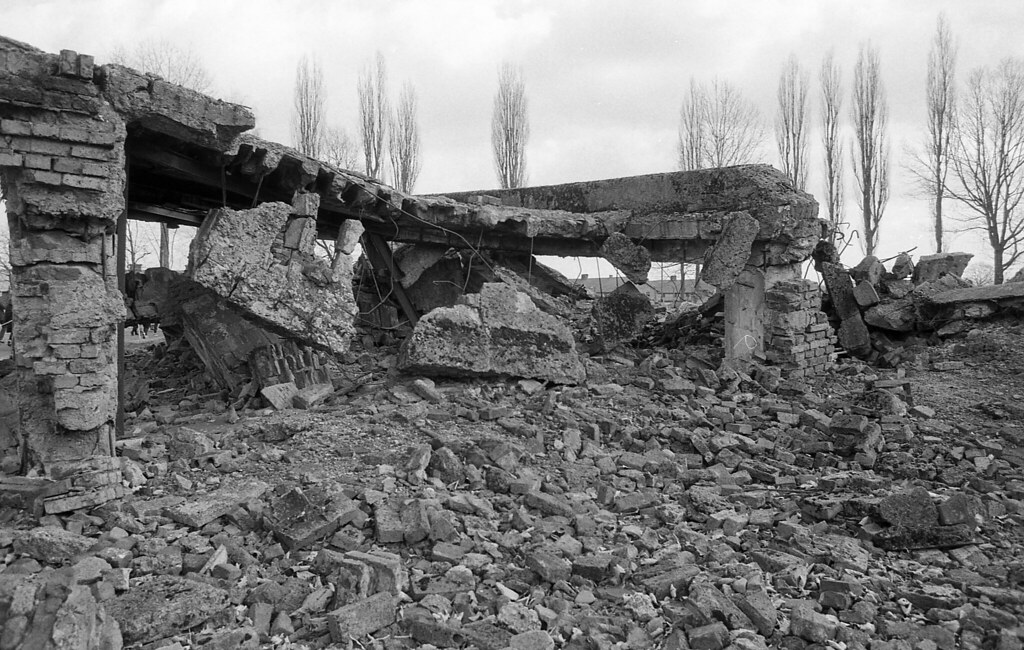 Birkenau Crematoria II
Birkenau Crematoria II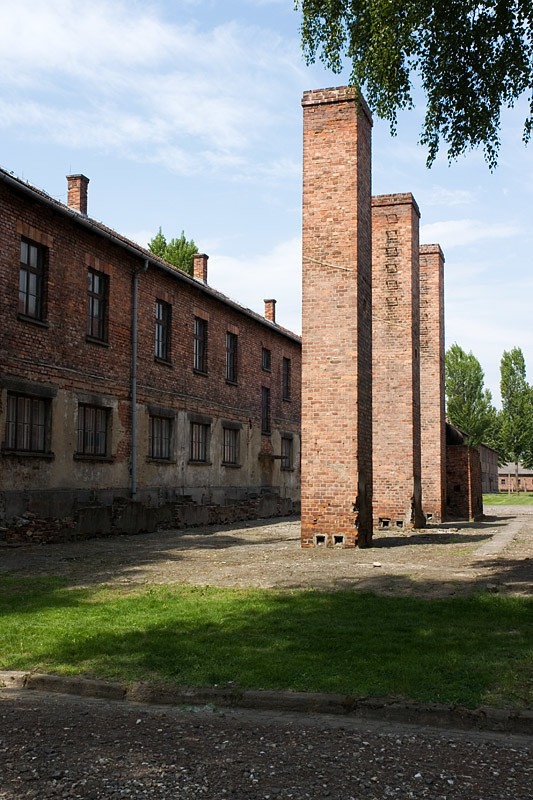 Auschwitz Chimneys
Auschwitz Chimneys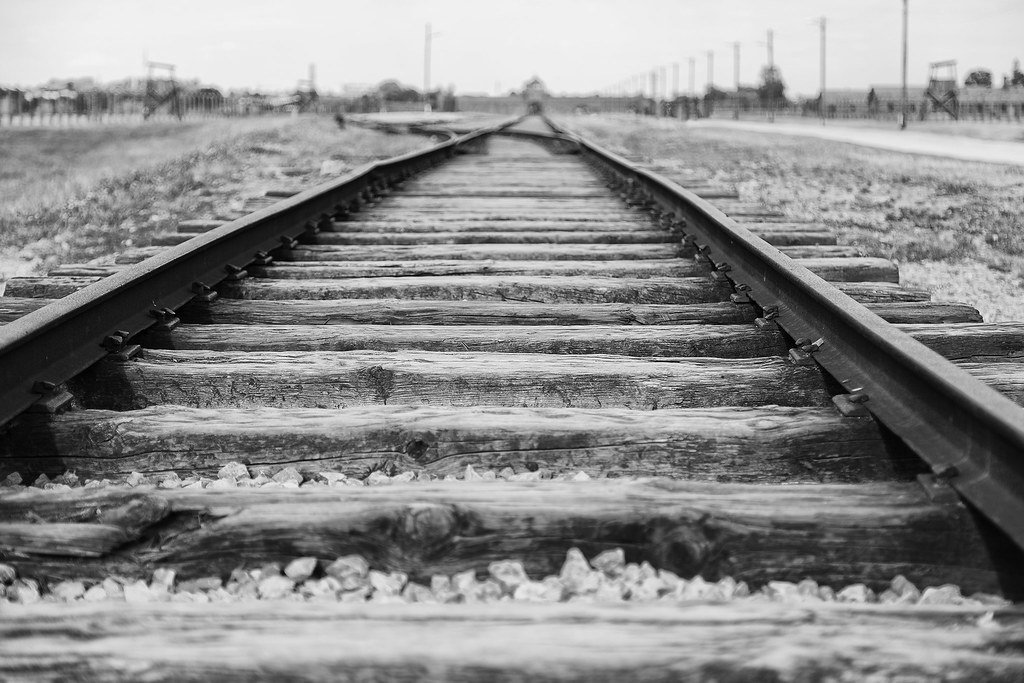 Auschwitz-Birkenau
Auschwitz-Birkenau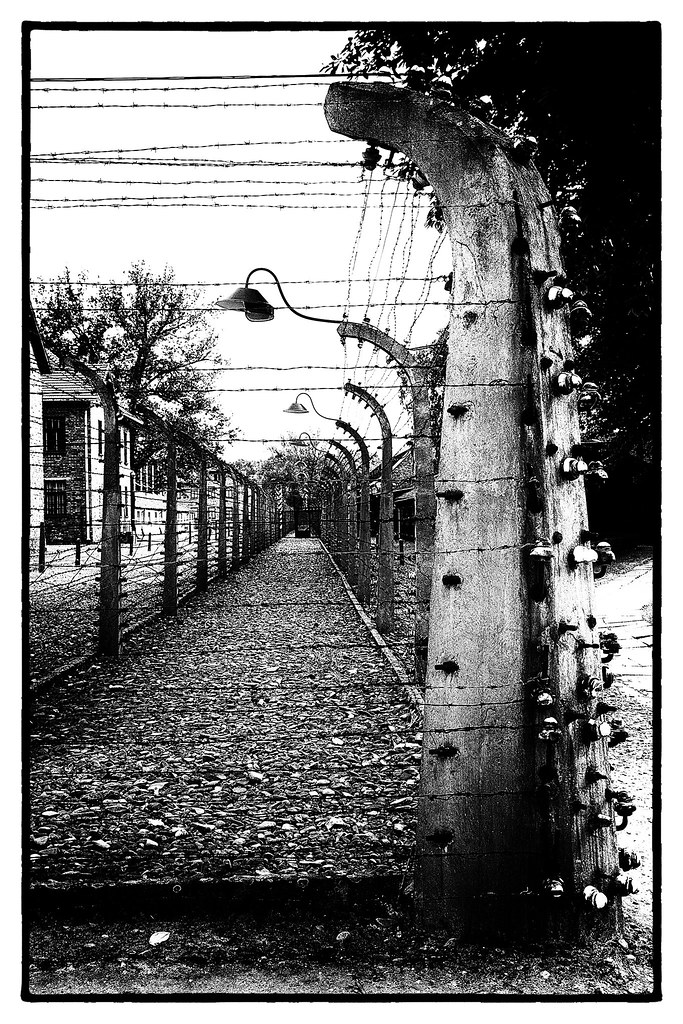 Auschwitz
Auschwitz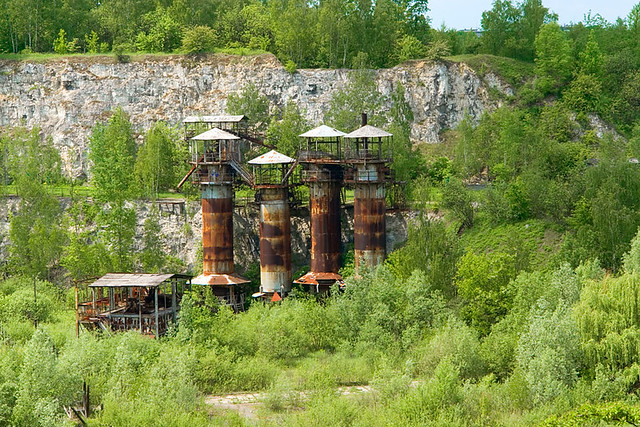 Liban Quarry distant view
Liban Quarry distant view